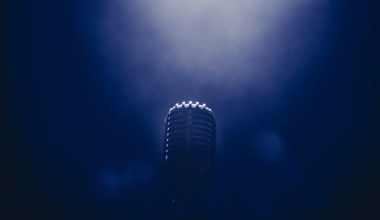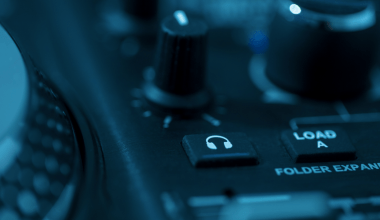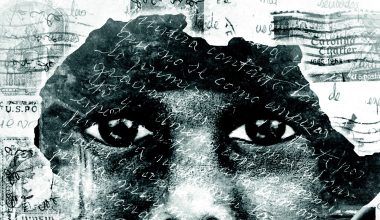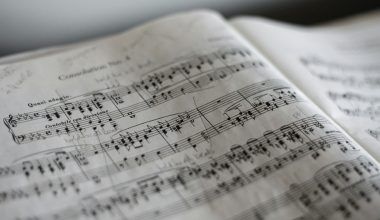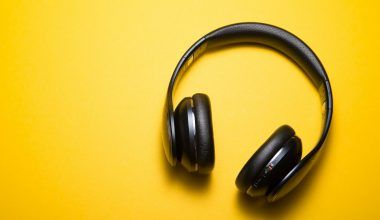If you love music, you’ve probably heard about rap. But do you know what “RAP” stands for? It’s short for “Rhythm and Poetry.” That means rap is about creating music with a beat and pairing it with lyrics that sound like poetry. This music style is not just about singing but telling a story or expressing emotions in a rhythmic way.
Rap is everywhere today—in songs, advertisements, and even movies! But it started as a voice for people to share their stories and struggles. Let’s dive into what makes rap so unique, its history, and why it’s so loved all over the world.
What is the RAP Full Form in Music?
RAP stands for “Rhythm and Poetry.” It combines two key elements:
- Rhythm – The beats or music that make you want to nod your head or tap your feet.
- Poetry – The lyrics, which are like poems. They often rhyme and tell a story.
This mix of rhythm and poetry makes rap one of the most expressive forms of music. It’s like talking to the beat of music, but with style!
Where Did RAP Start? A Quick History
Rap didn’t just pop out of nowhere. It has deep roots in history. Here’s how it all began:
1. African Griots
Long ago, in Africa, storytellers called griots would use music and words to share stories. They used drums to add rhythm while they spoke. This tradition was the seed that grew into rap.
2. From Africa to America
When Africans were taken to America during slavery, they brought their traditions with them. Over time, these traditions mixed with other cultures.
3. The Bronx, New York (1970s)
Rap as we know it today was born in the Bronx, a neighborhood in New York City. Kids started talking over beats during parties. They would rhyme their words to entertain people, and everyone loved it!
One of the first famous rappers was DJ Kool Herc, who created beats by mixing music on turntables. Soon, others joined, and rap became a movement.
Why Is RAP Called Rhythm and Poetry?
Let’s break it down:
- Rhythm: Rap always has a beat. Even if the lyrics are super-fast or slow, the beat keeps it moving.
- Poetry: The lyrics in rap are like poems. They rhyme, have deep meaning, and tell stories about life, struggles, dreams, or fun moments.
Imagine this: You’re at a party, and someone starts rapping about their day. It’s like they’re talking, but with a rhythm that makes everyone stop and listen. That’s the magic of rap.
How Did RAP Change Over the Years?
Rap didn’t stay the same. It grew and changed with time. Here’s a simple look at how rap evolved:
1. The 1970s: Birth of Rap
- People started rapping at parties in the Bronx.
- Early rap songs were simple and fun.
2. The 1980s: Rap Gets Serious
- Artists like Run-D.M.C. and LL Cool J made rap popular.
- Rap began to talk about real-life problems, like poverty and racism.
3. The 1990s: The Golden Age
- This was the best time for rap. Artists like Tupac and Biggie Smalls made rap emotional and powerful.
- Rap split into styles like East Coast and West Coast.
4. The 2000s to Now: Global Fame
- Rap is now worldwide. Artists like Eminem, Drake, and Cardi B are global stars.
- There are many rap styles, like trap, drill, and conscious rap.
What Makes RAP Music Special?
Rap is unique because it:
- Tells Stories: Every rap song has a story, whether it’s about love, struggle, or success.
- Expresses Feelings: Rappers share their deepest emotions through lyrics.
- Connects People: Rap brings people together by talking about things everyone can relate to.
Why Do People Love Rap?
Here’s why rap is loved by so many:
- Real: Rappers talk about real-life problems, dreams, and emotions.
- Fun: Some rap songs are just for dancing and having a good time.
- Creative: Rap uses wordplay, rhymes, and rhythm to create something amazing.
Rap Culture: It’s More Than Music
Rap is part of a bigger culture called hip-hop. This includes:
- DJing: Making beats using turntables.
- Breakdancing: A fun, energetic dance style.
- Graffiti: Art that tells stories on walls.
- Rapping: The voice of hip-hop.
Simple Example of RAP Full Form in Action
Here’s a simple rap verse:
I woke up today, ready to play,
Life’s a game, and I’m here to stay.
This verse shows:
- Rhythm: You can feel the beat as you say it.
- Poetry: It rhymes and has meaning.
Fun Facts About RAP
- The first rap song ever recorded was “Rapper’s Delight” by The Sugarhill Gang in 1979.
- Eminem holds the record for the fastest rap in a hit song.
- battles are a big deal where rappers compete to create the best rhymes on the spot!
Rap Around the World
started in the U.S., but now it’s everywhere:
- India: Artists like Divine and Naezy rap in Hindi and other languages.
- UK: Grime, a type of British rap, is famous thanks to artists like Stormzy.
- Africa: African rappers mix traditional beats with modern rap.
Can Anyone Be a Rapper?
Yes! Rap is for everyone. You don’t need to sing like a pop star. If you can speak and have a rhythm, you can rap. Many famous rappers started rapping just for fun and became stars later.
Why Learn About RAP Full Form in Music?
Knowing the full form of RAP helps you understand the meaning behind this music. It’s not just noise—it’s art. The beats, the lyrics, and the emotion make rap something that touches the heart.
Conclusion: Rhythm and Poetry in Every Beat
Rap is more than music. It’s a way to express yourself, connect with others, and share stories. The full form of RAP, Rhythm and Poetry, perfectly describes its essence. Whether you’re a fan or new to rap, there’s something in it for everyone.
So, next time you hear a rap song, listen closely to the words. You might discover a story that feels like your own.
Related Articles:
For further reading, explore these related articles:
- Best Free Song Streaming Sites Listen to Music Without Spending a Rupee
- Instamusic Download: Your Easy Way to Get Your Favorite Songs
For additional resources on music marketing and distribution, visit Deliver My Tune.

